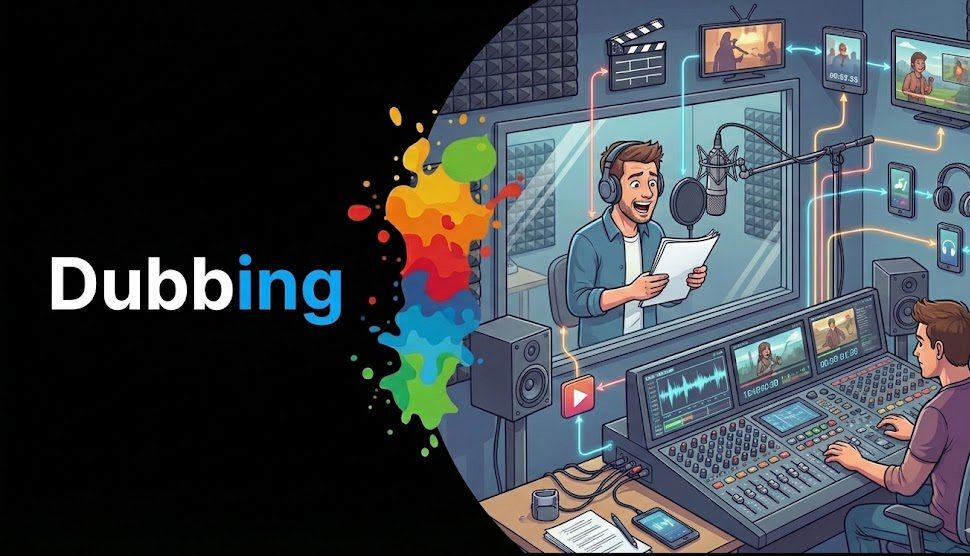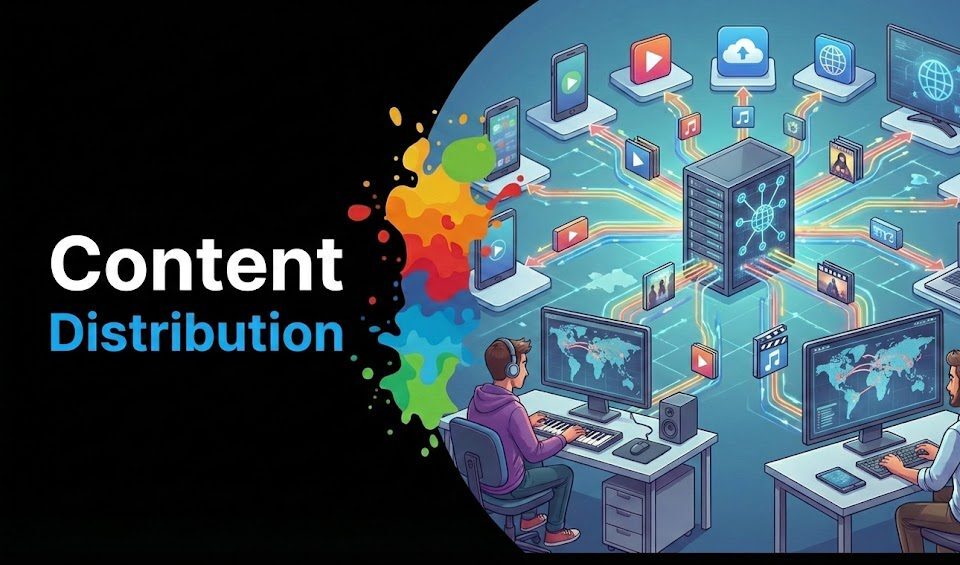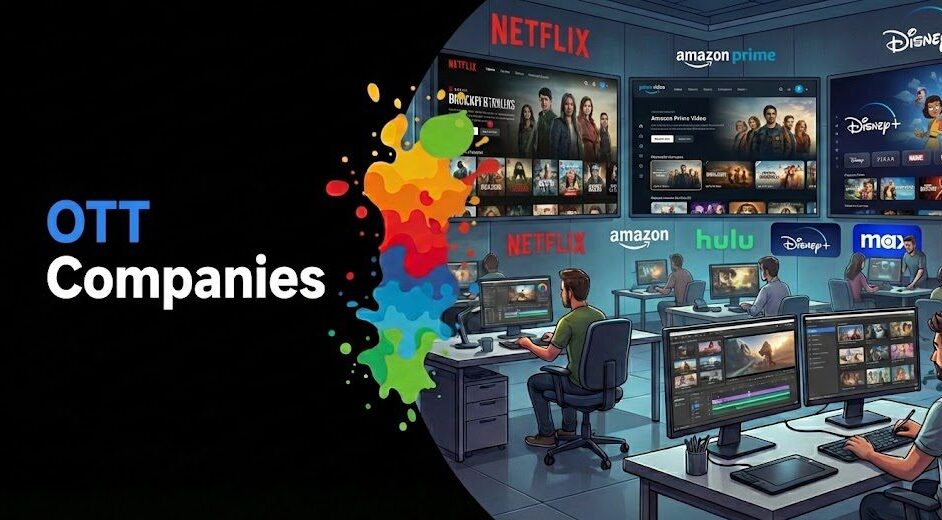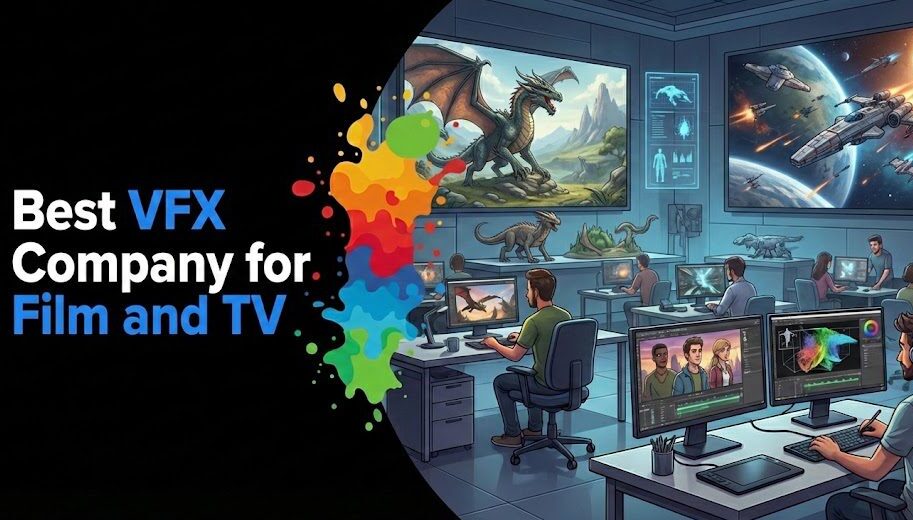Introduction
The world of OTT content is changing fast, and understanding the difference between exclusive and non-exclusive content is crucial for both content buyers and sellers. Whether you’re looking to expand your catalog or negotiate a lucrative distribution deal, knowing the ins and outs of these content types can make all the difference.
This article will walk you through key points on why platforms use exclusive content to drive subscribers and how non-exclusive content can offer flexibility. We’ll explore the financial impacts, regional licensing hurdles, and the growing importance of localization. Let’s break it down!
Key Takeaways
| Key Topic | Insight |
| Exclusive Content in OTT | Drives subscriptions, boosts platform loyalty, but can be pricey. |
| Non-Exclusive Content in OTT | Cost-effective for expansion but lacks exclusivity’s pulling power. |
| Licensing Strategies | Effective deal-making is crucial for a robust content library. |
| Regional Challenges | Platforms must solve localization and licensing issues to avoid restrictions and gaps in access. |
| Content Localization | Vital for ensuring exclusive content resonates across different markets. |
| Content Acquisition in 2024 | OTT platforms are finding a balance between exclusive and non-exclusive content strategies. |
Struggling with Content Licensing Across Regions?

Foundational Understanding: Exclusive vs Non-Exclusive Content in OTT
What are the benefits of exclusive content OTT deals for content buyers?
Exclusive content is often a huge draw for platforms like Netflix, Disney+, and Amazon Prime. It gives buyers access to shows or films they can’t get anywhere else, driving up subscriptions and creating brand loyalty. For instance, shows like Stranger Things and The Mandalorian have been major drivers of subscriber growth on their respective platforms.
| Exclusive Content | Non-Exclusive Content |
| Unique to one platform | Available across multiple OTT services |
| Drives platform differentiation | Broadens audience reach with less cost |
| Higher upfront investment, but potential ROI | Lower cost, but lacks exclusivity |
How do non-exclusive content OTT agreements impact regional platforms?
Non-exclusive content doesn’t create that same urgency or FOMO (Fear of Missing Out), but it has other advantages. It’s cheaper to license and can be distributed across multiple platforms, allowing for wider content distribution. For instance, movies available on both Hulu and Amazon Prime fall into this category.
Comparing exclusive and non-exclusive OTT content strategies for global distributors
For global content distributors, the decision to go exclusive or non-exclusive comes down to a few key factors: cost, audience, and goals. If you want to build brand loyalty and hook subscribers, exclusive content is a great bet. But if you’re looking for broader distribution with lower risks, non-exclusive content might be the way to go.
Licensing and Acquisition Strategies
How to acquire international OTT streaming rights for exclusive content?
Acquiring international streaming rights for exclusive content is a complex process. It involves understanding regional licensing laws, negotiating with local distributors, and ensuring the content aligns with regional preferences. Content buyers need to focus on securing these deals early before the competition heats up.
- Build relationships with regional distributors.
- Understand content rights in local markets.
- Negotiate competitive licensing terms for exclusivity.
Best practices for negotiating exclusive OTT content rights globally
When negotiating exclusive rights, it’s essential to:
- Understand market demand.
- Evaluate the content’s value in terms of subscriptions and viewership.
- Offer the right mix of financial and promotional incentives.
| Key Considerations | Impact |
| Market Demand | Drives up potential subscription growth |
| Audience Preferences | Determines the content’s regional success |
| Financial Investment | Higher costs, but potential for higher ROI |
Want to Scale with Non-Exclusive Content?

Financial Implications and ROI
What’s the ROI of exclusive content investments for OTT platforms?
The ROI for exclusive content investments can be huge, but it’s all about the platform’s strategy. For platforms like Netflix, spending big on exclusive content means capturing audience attention and keeping them on the platform. But there’s a high upfront cost—making it a riskier, long-term investment.
Is non-exclusive content more cost-effective for global OTT expansion?
Absolutely. Non-exclusive content allows OTT platforms to diversify their libraries without spending as much upfront. The trade-off is that it won’t necessarily drive the same level of loyalty or excitement.
Pros of Non-Exclusive Content:
- Lower upfront cost.
- Easier to license across multiple regions.
- Broader distribution opportunities.
Regional Challenges and Restrictions
Why OTT platforms prioritize exclusive content to reduce regional restrictions?
Exclusive content helps OTT platforms avoid issues with regional restrictions by keeping control over where and how the content is distributed. If a platform holds the exclusive rights, they don’t have to worry about competitors airing the same title in the same region.
Why non-exclusive content may struggle with content unavailability in some regions?
When content is non-exclusive, regional licensing issues can pop up. For example, a movie may be available on Hulu in the US but blocked on Amazon Prime in Europe. These restrictions frustrate viewers and cause content gaps.
Need Help Localizing Exclusive Content?

Localization and Content Optimization
The impact of exclusive OTT content on global content localization efforts
When it comes to exclusive content, localization is key. Platforms like Netflix invest heavily in dubbing, subtitling, and localized marketing for their exclusive shows. This ensures that the content appeals to global audiences, driving up viewership across regions.
- Dubbing and subtitles in multiple languages.
- Regional marketing tailored to local tastes.
- Optimizing user interfaces for different languages.
| Localization Strategy | Benefit |
| Dubbing/Subtitling | Reaches broader audiences in non-native languages |
| Localized Marketing | Increases engagement in different regions |
| User Interface Optimization | Enhances user experience across regions |
Why localization is crucial for the success of exclusive OTT content
Without localization, even the best exclusive content can fall flat in global markets. Viewers expect content to be easily accessible in their native language, and localized marketing can make or break a show’s success abroad.
Emerging Trends and Future Outlook
What drives content acquisition trends in exclusive OTT deals for 2024?
In 2024, the OTT content acquisition landscape is expected to focus on a balance between exclusivity and cost. Platforms are prioritizing deals that cater to localized markets while still maintaining global appeal. As competition rises, securing exclusive content early will be key to staying ahead of the curve.
- More localized exclusive content deals.
- Increased investment in regional production.
- Focus on expanding content catalogs without breaking the bank.
Can non-exclusive content drive OTT platform growth in emerging markets?
Non-exclusive content will play a big role in emerging markets. In regions like Asia and Africa, where price sensitivity is high, non-exclusive content allows platforms to offer robust libraries without the financial burden of exclusivity.
Key Takeaways
- Exclusive content drives higher ROI but requires significant investment.
- Non-exclusive content is more affordable and accessible but lacks the uniqueness needed to hook subscribers.
- Regional licensing and localization are essential to ensuring content reaches the right audience.
- In 2024, OTT platforms will balance exclusive and non-exclusive strategies to stay competitive.
Frequently Asked Questions
Vitrina assists buyers in discovering exclusive content from top global distributors with up-to-date catalogs and direct access to licensing support.
Sellers can use Vitrina to promote their exclusive offerings to a global network of buyers across over 100 countries.
Yes, Vitrina connects buyers with top-tier localization vendors to ensure their content is tailored for diverse regional markets.
Exclusive content builds loyalty and drives subscriptions, making it a crucial differentiator in a competitive market.
Localization ensures that exclusive content resonates across different regions, driving global engagement and viewership.



































